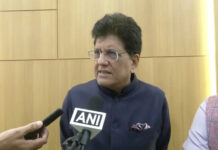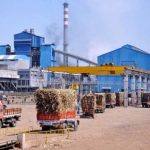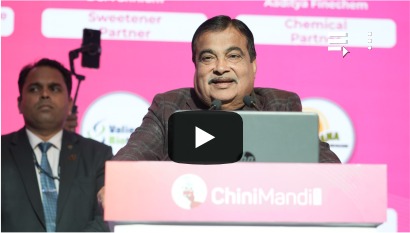Anand (Gujarat) : Indian dairy cooperative Amul is pretty hopeful that its successful model will spread not just in India but around the world and make Indians proud, Jayen Mehta, MD, Gujarat Co-Operative Milk Marketing Federation Limited, said, on the occasion of National Milk Day.
National Milk Day is observed on 26th November every year to mark the birth anniversary of Dr. Verghese Kurien, regarded as the “Father of the White Revolution” in India. The day honours millions of farmers, whose commitment sustains the country’s leadership in milk production and strengthens its journey towards a resilient, inclusive, and nutritionally secure future.
India is the world’s largest milk producer. The country produces about one-fourth of the global milk.
To become the “dairy to the world”, the Government of India, through the Ministry of Cooperation, has started the White Revolution 2.0 program, Mehta told ANI.
The programme will run for five years from 2024-25 to 2028-29.
“And with this, we are very confident that in the next 10 years, India will produce one third of the total milk in the world, and genuinely become a dairy to the world,” Mehta added.
“The success of Indian dairy model has been through the cooperatives. And it is indeed a matter of great pride for all of us that in the year 2025, which United Nations is celebrating as the International Year of Cooperatives, Amul has been ranked as the number one cooperative in the world,” he emphasised.
“With this power of cooperatives and the demonstration of 36 lakh farmers of Gujarat coming together to form this brand, we are hopeful that this model will spread not just in India, but around the world and make India and Indians very proud of this particular cooperative model,” Mehta concluded.
India had a milk shortage and was dependent on imports during the 1950s and 1960s.
Throughout the first decade after independence, milk production recorded a CAGR of 1.64 per cent, which fell to 1.15 per cent during the 1960s, according to the government.
The modern dairy movement in India was built upon the success of the Anand cooperative model that had flourished under the guidance of leaders like Sardar Vallabhbhai Patel, Mahatma Gandhi, and Tribhuvandas Patel. The National Dairy Development Board (NDDB) was created in 1965, with Verghese Kurien appointed as its first chairman.
The Board’s mission was to replicate the Anand cooperative model across India and organise farmers into strong, village-level milk producer societies.
Lately, India’s dairy sector received a major boost when the 56th GST Council approved a broad set of tax rationalisations on milk and milk products during its meeting on September 3, 2025. This decision represents one of the most extensive revisions of GST rates for the dairy industry, ensuring that many widely consumed products are now either exempt from tax or placed in the 5 per cent bracket.
The revised rates, which came into effect on September 22, 2025, provide substantial relief across the value chain. Ultra-High Temperature (UHT) milk and pre-packaged paneer are now tax-free.
Items such as butter, ghee, dairy spreads, cheese, condensed milk, and milk-based beverages have all been shifted from the 12 per cent slab to the 5 per cent slab. Ice cream, which previously attracted an 18 per cent GST, has also been reduced to 5 per cent. Additionally, milk cans are now taxed at 5 per cent instead of 12 per cent. (ANI)

















